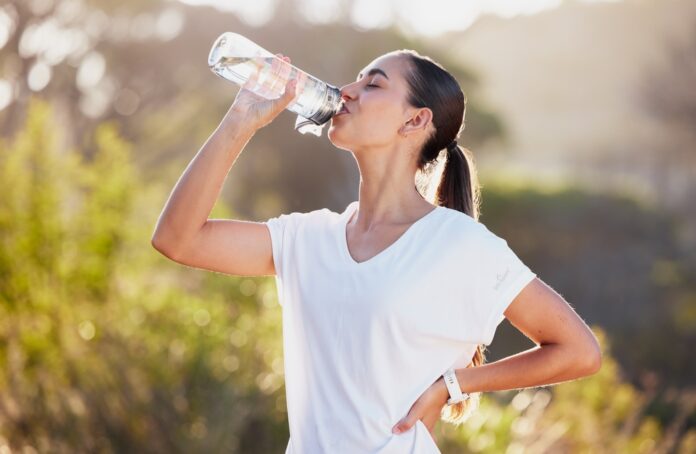Water is the essence of life. Comprising approximately 50% to 70% of our body weight, it is fundamental to every biological function. From regulating body temperature to lubricating joints and transporting nutrients, water is indispensable for maintaining optimal health.
Yet, many of us underestimate the importance of staying adequately hydrated. Dehydration can lead to a multitude of health issues, ranging from mild symptoms like fatigue and headaches to severe conditions such as heat stroke. According to the Mayo Clinic, even mild dehydration can drain your energy and make you tired. It’s crucial to recognize that every system in your body depends on water to function properly.
But how much water do we really need? The answer isn’t one-size-fits-all. Individual water needs vary based on several factors, including health, activity level, and environment. The U.S. National Academies of Sciences, Engineering, and Medicine determined that an adequate daily fluid intake is about 3.7 liters (or about 13 cups) for men and 2.7 liters (about 9 cups) for women. These recommendations cover fluids from water, other beverages, and food. About 20% of daily fluid intake usually comes from food and the rest from drinks.
Factors such as exercise significantly impact water needs. Physical activity causes the body to lose water through sweat, so it’s essential to drink water before, during, and after exercise. In hot or humid weather, additional fluids are required to lower body temperature and replace what is lost through perspiration. Those who live at high altitudes may also need to consume more water due to increased urination and more rapid breathing.
Health conditions also play a role. Illnesses like fever, vomiting, and diarrhea can lead to significant fluid loss, necessitating increased water intake. Certain conditions like bladder infections and urinary tract stones require higher fluid consumption. Pregnant or breastfeeding women need additional fluids to stay hydrated.
Recognizing the signs of dehydration is vital. Early symptoms include thirst, decreased urine output, dry skin, fatigue, light-headedness, and headaches. Severe dehydration can lead to more serious symptoms such as confusion, rapid heartbeat, and fainting, which require immediate medical attention.
Older adults are particularly susceptible to dehydration. According to the National Council on Aging, dehydration affects up to 28% of older adults and is a frequent cause of hospitalization. As we age, our sense of thirst diminishes, and medications may further increase dehydration risk. It’s crucial for older adults to make a conscious effort to drink water regularly, even if they don’t feel thirsty.
Water isn’t the only source of hydration. Foods with high water content, such as fruits and vegetables, contribute to overall fluid intake. Beverages like milk, juice, and herbal teas are also hydrating. However, it’s advisable to limit intake of sugary drinks and caffeine, as they can have diuretic effects and contribute to dehydration.
Proper hydration has numerous benefits. It aids in digestion, prevents constipation, keeps skin healthy, cushions joints, and helps maintain blood pressure. Staying hydrated can also improve mood, concentration, and sleep quality. Moreover, adequate water intake is essential for weight management, as it can help control calories and boost metabolism.
In conclusion, water is essential for maintaining overall health and well-being. While the general recommendation is about 8 cups of water a day, individual needs may vary. Listening to your body, considering your lifestyle, and being mindful of factors that increase fluid loss can help determine how much water you really need. Make hydration a priority, and your body will thank you.
Tips for Staying Hydrated:
- Carry a reusable water bottle with you throughout the day.
- Set reminders to drink water at regular intervals.
- Include water-rich foods in your diet, such as cucumbers, watermelon, and strawberries.
- Drink water before, during, and after exercise.
- Monitor your urine color; pale yellow indicates proper hydration, while darker shades suggest you need more fluids.
By making a conscious effort to stay hydrated, you’re taking a significant step toward a healthier, more energetic life.


